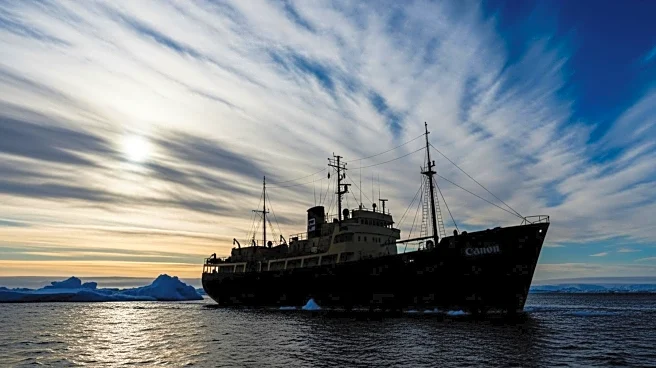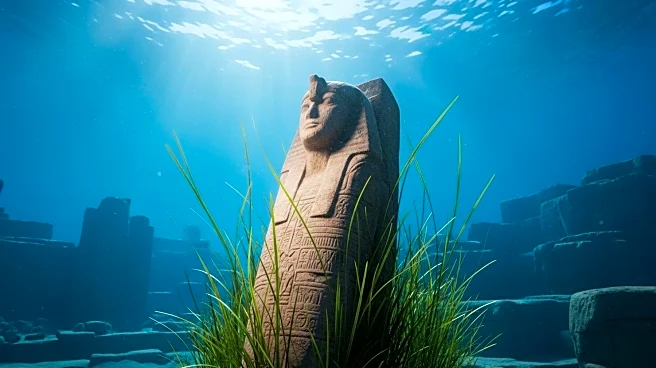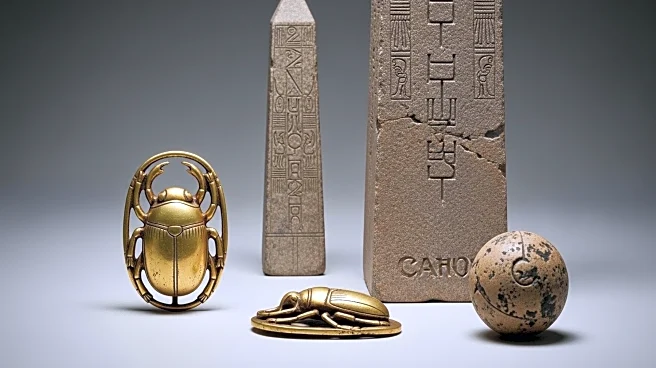What's Happening?
A new research paper by Jukka Tuhkuri, a professor at Aalto University, questions the legendary strength of the polar exploration ship Endurance, led by explorer Ernest Shackleton. The paper argues that Endurance was not as robust as previously believed and did not sink due to the loss of its rudder. Tuhkuri's analysis, based on historical records and technical evaluations, suggests that the ship had structural shortcomings that made it unsuitable for polar exploration. Shackleton himself acknowledged the ship's weaknesses in a letter to his wife, preferring his earlier ship, Nimrod, for its constructional strength.
Why It's Important?
This research provides a new perspective on the historical narrative surrounding Shackleton's expedition, challenging long-held beliefs about the Endurance's capabilities. By highlighting the ship's design flaws, the study contributes to a more nuanced understanding of the challenges faced during polar exploration in the early 20th century. This revelation may influence historical interpretations and educational materials related to Shackleton's voyages, offering insights into the engineering and logistical considerations of polar expeditions. It underscores the importance of technical analysis in revisiting historical events and understanding their complexities.
What's Next?
The publication of Tuhkuri's paper may prompt further scholarly investigation into the design and construction of historical exploration vessels. Researchers and historians might explore other aspects of Shackleton's expeditions, potentially leading to new discoveries about the era's maritime technology and exploration strategies. This could also inspire discussions within the academic community about the role of engineering in historical narratives and the importance of revisiting established stories with fresh perspectives. As the paper gains attention, it may influence future exhibitions and documentaries about Shackleton's expeditions.
Beyond the Headlines
The findings in Tuhkuri's paper highlight the broader implications of engineering and design in historical exploration. The study serves as a reminder of the critical role that technical expertise plays in the success or failure of ambitious ventures. It also raises questions about the romanticization of historical events and the importance of factual accuracy in preserving history. As new technologies enable more detailed analyses of historical artifacts, similar revelations may emerge, prompting a reevaluation of other legendary stories and their underlying truths.










